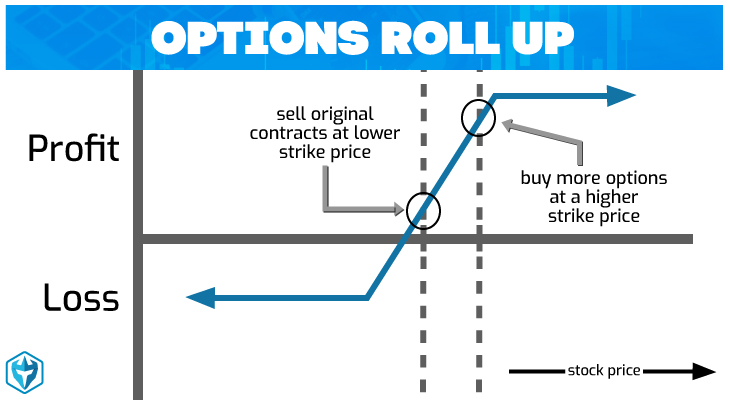In the world of finance, options trading has emerged as a powerful tool for investors seeking to enhance their market returns and manage risks. Whether you’re a seasoned professional or a novice navigating the markets, understanding the basic principles of options trading is crucial to harness its potential.

Image: successfultradings.com
At its core, an option is a contract that provides the buyer (holder) with the right, but not the obligation, to buy or sell an underlying asset at a specified price on or before a specific date. This flexibility empowers traders to tailor their investment strategies based on market expectations and risk tolerance.
Exploring the Anatomy of an Option Contract
To fully comprehend options trading, it’s essential to delve into the anatomy of an option contract, its key components:
- Underlying Asset: The asset being traded, such as stocks, indices, commodities, or currencies.
- Strike Price: The price at which the holder can exercise the option to buy or sell the underlying asset.
- Expiration Date: The date on which the option contract expires and becomes worthless if unexercised.
- Call Option: Grants the holder the right to buy the underlying asset at the strike price.
- Put Option: Gives the holder the right to sell the underlying asset at the strike price.
- Premium: The price paid by the buyer to acquire the option contract.
Understanding the Mechanics of Options Trading
Options trading involves two primary players: the buyer, who acquires the option contract, and the seller, who is obligated to fulfill the contract if exercised. Depending on the trader’s market expectations and risk appetite, they can adopt different strategies using options contracts:
- Bullish Strategies: If the trader anticipates a rise in the underlying asset’s price, they can purchase call options, potentially profiting from an upward price movement.
- Bearish Strategies: When the trader predicts a decline in the asset’s price, they can choose to buy put options, seeking profits from a downward price trend.
Unveiling the Types of Options Contracts
The realm of options trading encompasses a wide array of contract types:
- European Options: Only exercisable on the expiration date.
- American Options: Exercise rights can be exercised at any time before the expiration date.
- Covered Calls: A selling strategy involving selling a call option while already owning the underlying asset.
- Protective Puts: A defensive strategy, buying a put option to hedge against potential losses on the underlying asset.

Image: www.adenshop.rs
Embracing the Power of Options Trading
Options trading offers investors several unique advantages:
- Flexibility: The option holder enjoys the flexibility to exercise the contract or let it expire, customizing it to market conditions.
- Risk Management: Options can serve as a risk-management tool, enabling traders to hedge against potential losses and protect their investments.
- Leverage: With a relatively lower initial investment (premium), options provide leverage to potentially amplify returns, albeit coupled with higher risk.
Basic Principles Of Options Trading
Conclusion
Understanding the basic principles of options trading opens the door to an expansive range of market opportunities. Whether enhancing returns or navigating risks, options empower traders to tailor their investment strategies. Embark on your options trading journey armed with this foundational knowledge, embracing the vast potential that options hold in the financial markets.






